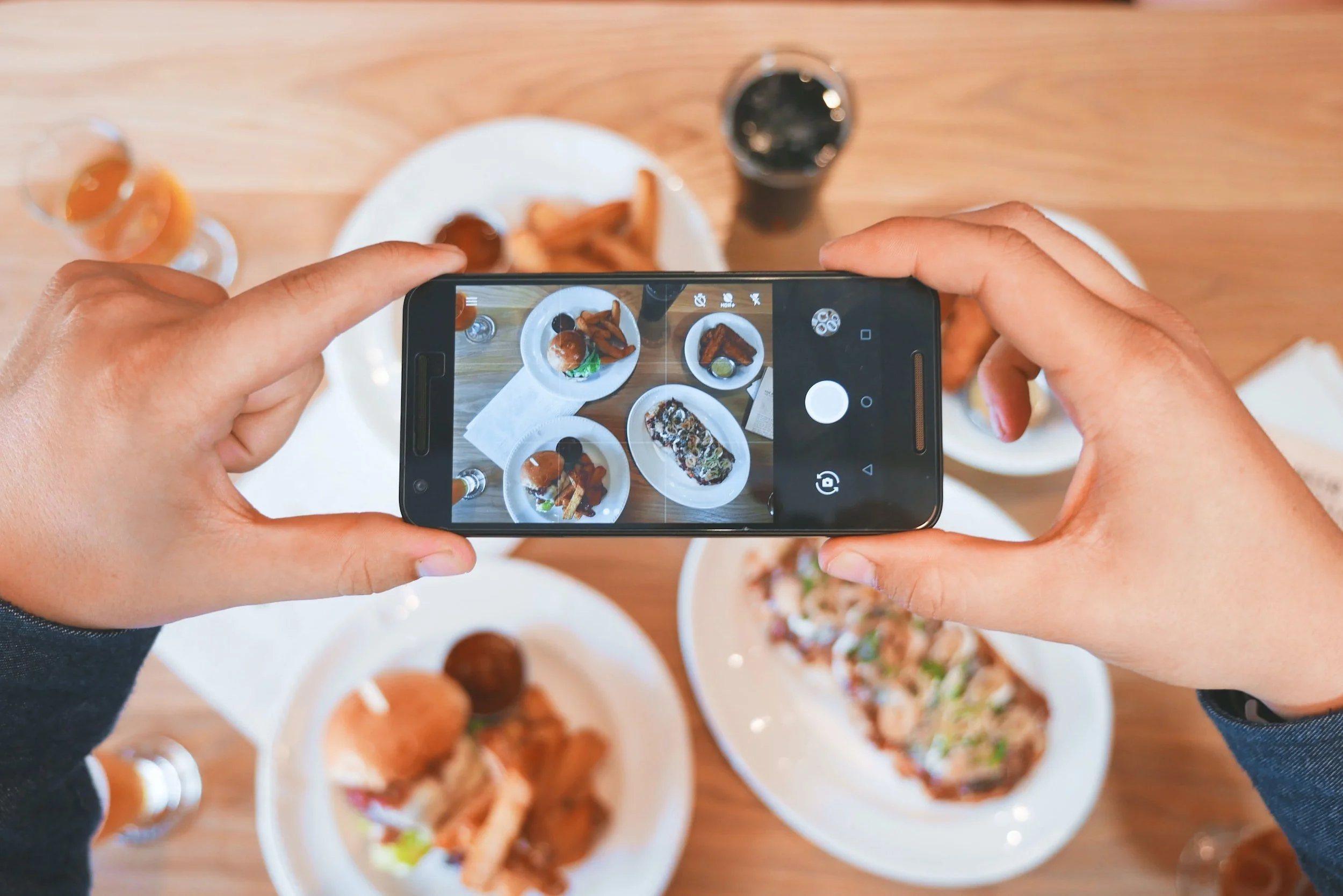Micro-Influencers: Who Are They? Why Do Brands Love Them?
Kick rocks Kim Kardashian.
Brands are moving away from known celebrities to introduce their products to the masses and turning to niche market influencers. In recent years, micro-influencers have become a popular marketing tool for brands looking to promote their products or services on social media.
But who are these micro-influencers, and what makes them so effective?
What is a Micro-Influencer?
A micro-influencer is an individual who has a relatively small but highly engaged social media following, typically ranging from 1,000 to 100,000 followers. They are often experts in a specific niche or industry and are able to influence the purchasing decisions of their followers through their recommendations and endorsements.
Micro-influencers are often more authentic and trustworthy than larger influencers or celebrities, as they have built a close-knit community of followers who trust and value their opinions. They are often sought out by brands for partnerships and collaborations to promote their products or services to their audience.
Why Do Brands Love Micro-Influencers?
High Engagement: Micro-influencers have a smaller but more engaged following than larger influencers or celebrities. This means their followers are more likely to interact with their content, leading to higher engagement rates and more meaningful conversations.
Cost-Effective: Micro-influencers are often more affordable than larger influencers or celebrities, making them a cost-effective option for brands with smaller budgets.
Authenticity: Micro-influencers are often seen as more authentic and trustworthy than larger influencers or celebrities, as they have built a close relationship with their followers based on their expertise and niche.
Niche Audiences: Micro-influencers often have a niche audience that aligns with a brand's target audience, making them an effective way to reach a specific demographic.
How to Find Micro-Influencers?
Social Media Platforms: Use social media platforms such as Instagram or Twitter and search for hashtags related to your niche or location. Check the profiles of users who frequently use those hashtags and have a small but engaged following.
Influencer Marketing Platforms: Use influencer marketing platforms such as Grin, AspireIQ, or Upfluence to search for micro-influencers based on location, niche, and audience demographics.
Local Businesses or Organizations: Reach out to local businesses or organizations in your area that align with your brand and ask for recommendations on micro-influencers they have worked with or know of.
Remember to always research and vet the influencers you work with to ensure they align with your brand values and goals.


